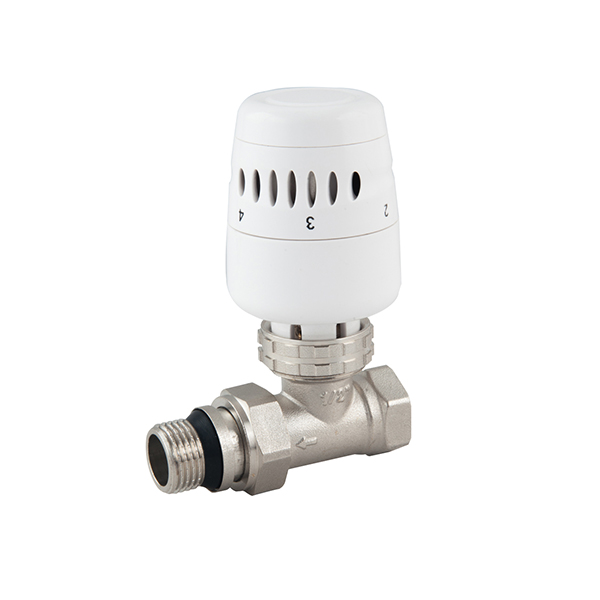Abst:Ball valves are commonly used in a wide variety of industrial applications due to their versatility and ability to regulate the flow of fluids. Understanding how ball valves function and their various applications can help businesses make informed decisions when selecting the appropriate valve for their needs.
Ball valves consist of a spherical ball with a hole through the center, which acts as the valve body. A handle is attached to the ball, which allows it to be rotated 90 degrees, either op...
Ball valves are commonly used in a wide variety of industrial applications due to their versatility and ability to regulate the flow of fluids. Understanding how ball valves function and their various applications can help businesses make informed decisions when selecting the appropriate valve for their needs.
Ball valves consist of a spherical ball with a hole through the center, which acts as the valve body. A handle is attached to the ball, which allows it to be rotated 90 degrees, either opening or closing the valve. When the valve is open, the hole through the center of the ball aligns with the inlet and outlet ports, allowing fluid to flow through. When the valve is closed, the hole in the ball is perpendicular to the inlet and outlet ports, preventing fluid flow.
One of the advantages of ball valves is their ability to regulate the flow of fluids with minimal pressure loss. They also provide a tight seal, reducing the risk of leaks. This makes them a popular choice in a variety of industries, including oil and gas, chemical processing, water treatment, and more.
There are several types of ball valves available, including two-way, three-way, and four-way valves. Two-way valves have a single inlet and outlet port and are used to start, stop, and regulate fluid flow. Three-way valves have three ports, and can be used to divert or mix fluids. Four-way valves have four ports, and are commonly used to regulate the flow of fluids in more complex systems.
When selecting a ball valve, it is important to consider factors such as the type of fluid being transported, pressure and temperature requirements, and the overall system design. Consulting with a valve supplier or engineer can help ensure that the appropriate valve is selected for your specific application.
In conclusion, ball valves are a versatile and reliable choice for regulating fluid flow in a variety of industrial applications. Understanding how they function and the various types available can help businesses make informed decisions when selecting the appropriate valve for their needs. With their tight seal and ability to regulate flow with minimal pressure loss, ball valves are a valuable asset for any industrial operation.



